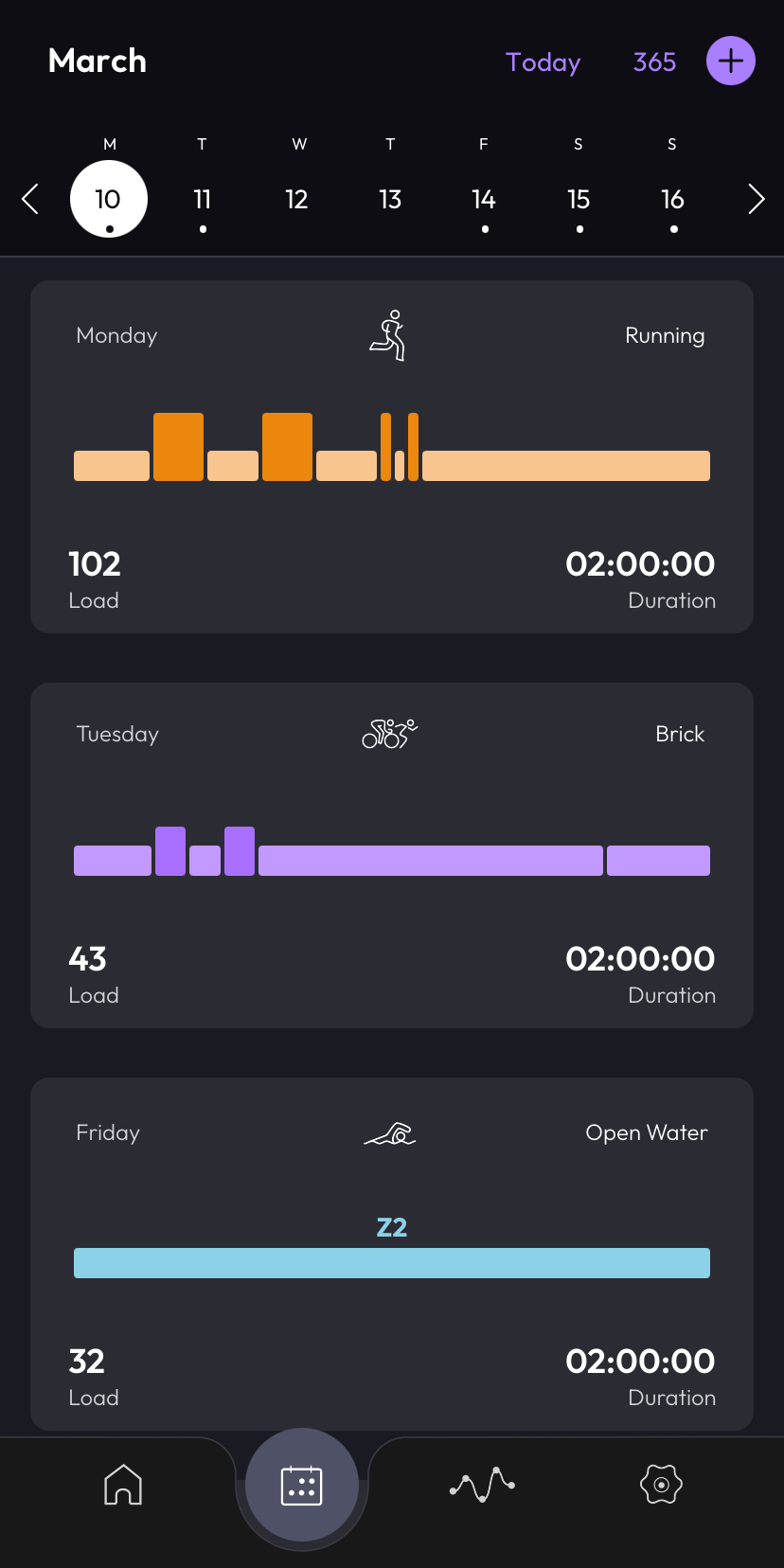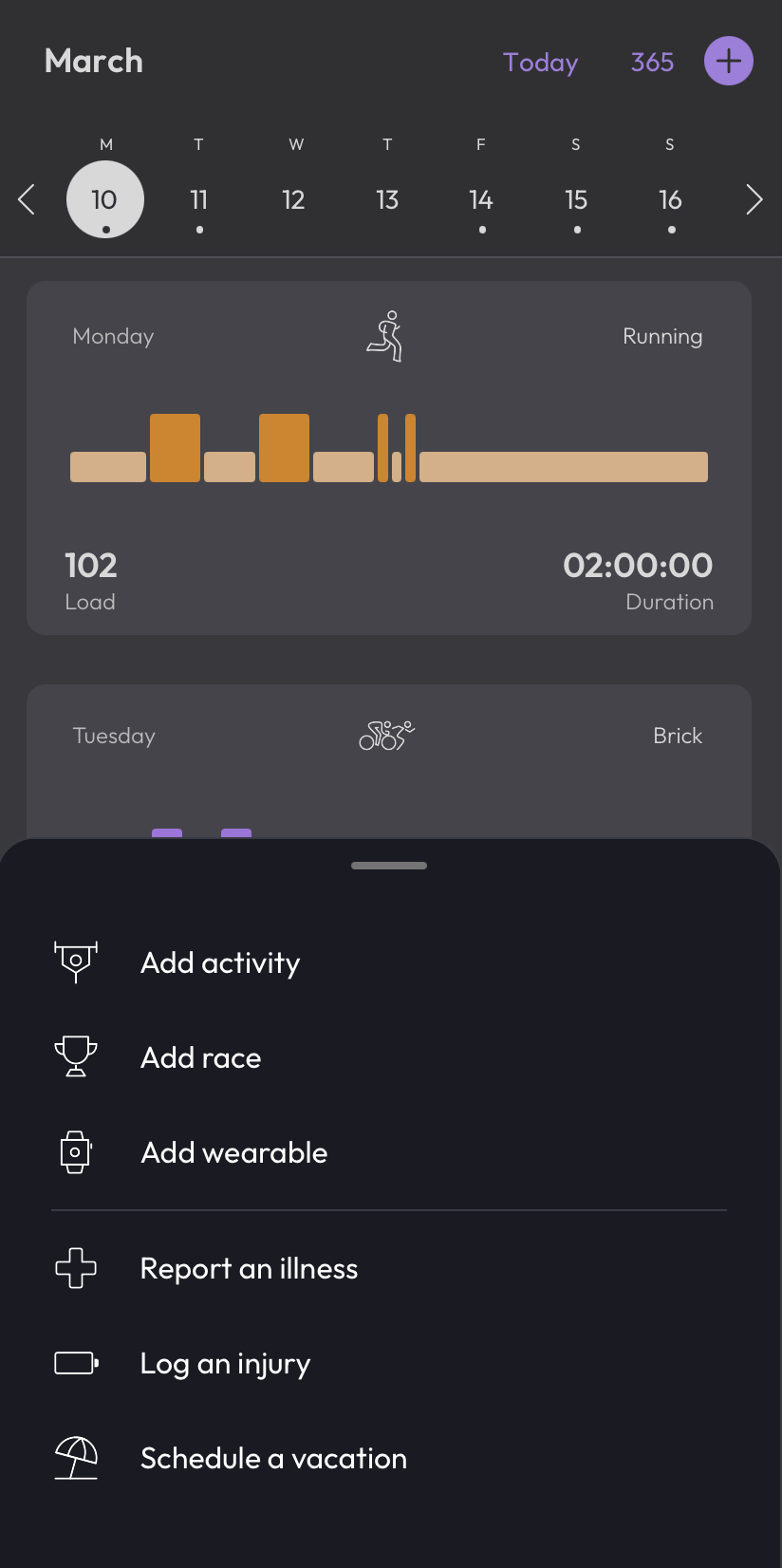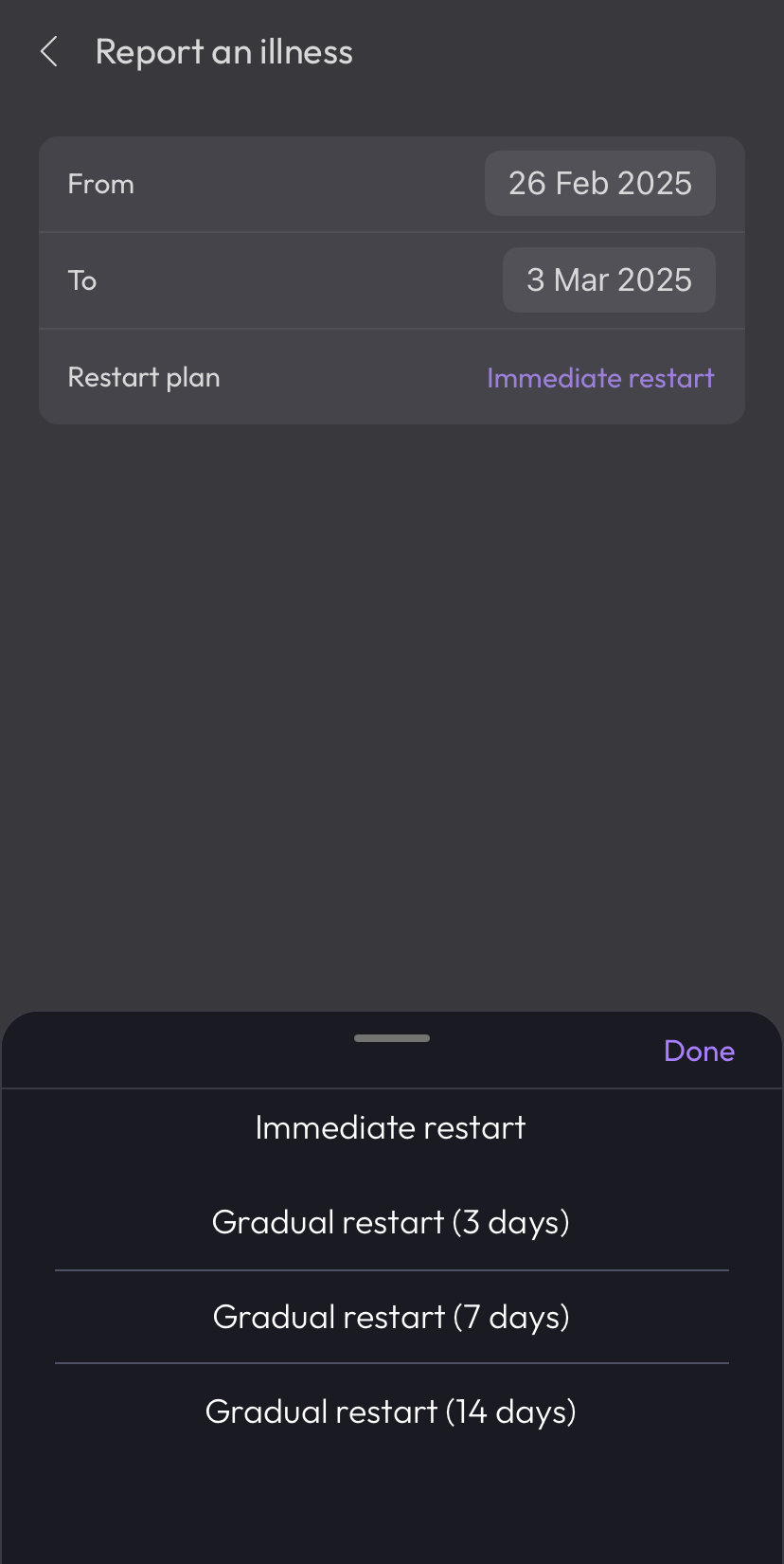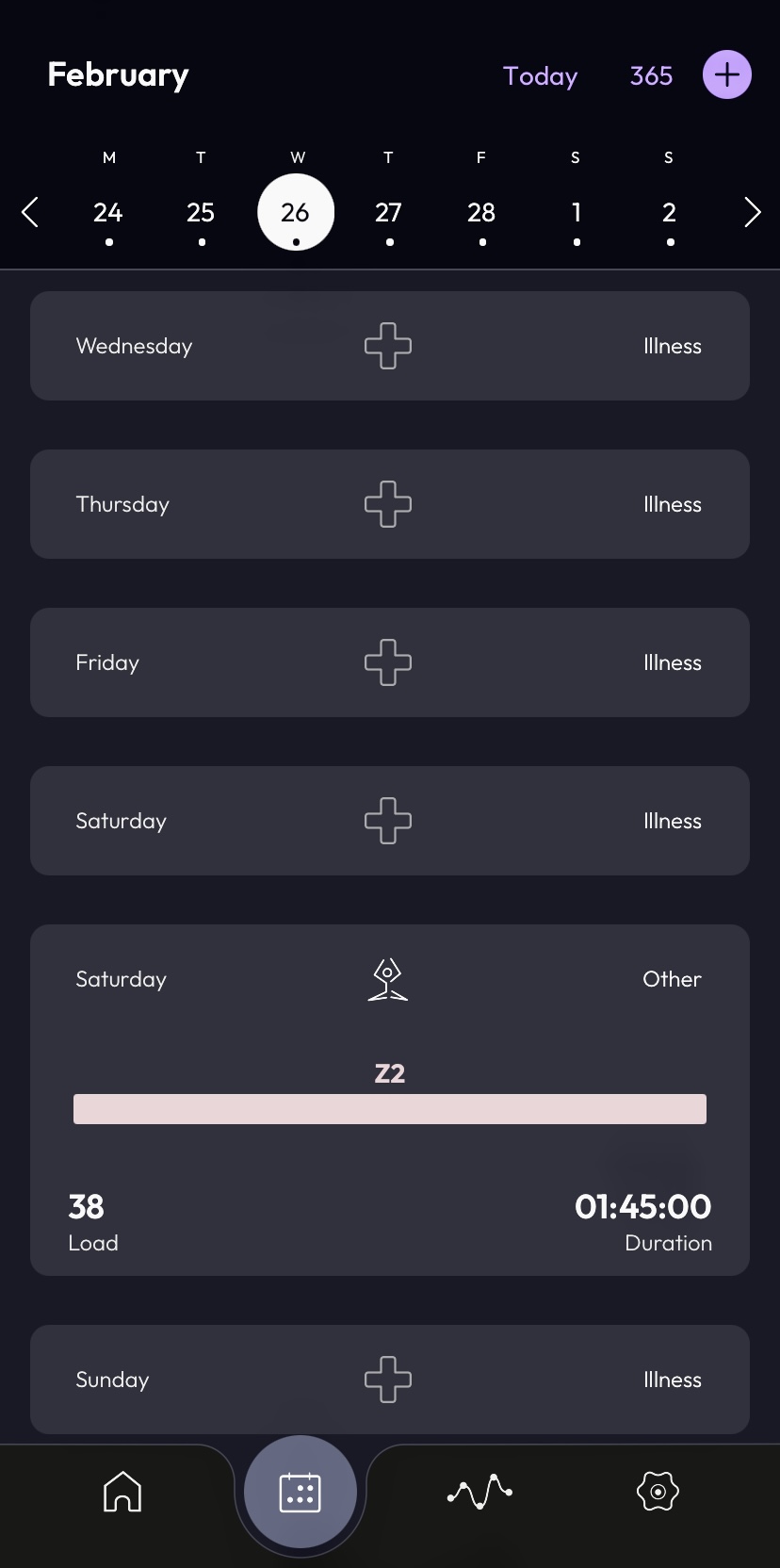Whether it’s due to illness, injury, or simply the need for a break, every athlete – no matter how determined – will eventually face a situation where they must temporarily interrupt their training. In some cases, reducing the training load is not only inevitable but also necessary to prevent long-term issues. What should you do when you need a break? And most importantly, how does it impact your preparation?
When to take a break
Theoretically, taking a break is not necessary. If you are motivated and in good health, you can train all year round. A structured and periodized training plan will allow you to progress consistently. However, very few athletes remain in perfect health throughout the year. Sooner or later, it is highly likely that you will have to face at least one of these three scenarios:
Illness – You should not train at all if you are sick. Continuing to train in such conditions could further weaken your body and even prolong the illness. If you are sick, there is no beneficial type of training. Instead, focus on recovery – it is the best thing you can do for your health.
5 tips for getting back on track after an illness
Injury – Injuries come in all shapes and sizes, so it is hard to make any general statements about them. However, as a rule of thumb, you should not train during an injury. Rest and recovery are often essential for proper healing. Consult a professional doctor to determine how much time you need to recover and whether there are safe alternative activities you can do.
Vacation – Taking a break from training while on vacation is not necessarily negative; in fact, it can be an opportunity to recharge both physically and mentally. If you want to stay in shape without stress, choose light activities such as swimming, hiking, or short runs. However, if you feel the need to disconnect completely, allow yourself to rest without guilt—a well-managed break will not compromise your long-term preparation.
Planning a Temporary Load Reduction
A good training plan must also include when and how to take a break. Scheduled sessions will obviously be paused, but resuming training after a break must also be managed carefully. 2PEAK helps athletes log their breaks and effectively plan their return to training, ensuring a gradual and optimized recovery.
2PEAK App
To temporarily reduce your training load in the 2PEAK App, follow these simple steps:
-
Go to your personal calendar
-
Click the + symbol in the top right corner
-
Select the desired option:
- Report an illness
- Log an injury
- Schedule a vacation
-
Enter the start date of your break and your best estimate for the end date. The end date can always be modified later.
-
Choose a return-to-training strategy after your break:
- Immediate return – Resume your program without modifications.
- Rapid increase (3 days) – Quickly return to your usual training volume.
- Gradual increase (7 days) – Progressively increase the load for a controlled transition.
- Slow increase (14 days) – A more cautious approach, ideal after longer breaks or periods of inactivity
The return-to-training strategy should be chosen based on your individual situation: the reason for the break and your next race or goal.
- Short break and upcoming goal → A faster return is better to regain fitness quickly.
- Long break and distant goal → A gradual return makes more sense to avoid overload and injuries.
2PEAK Web
If you need to temporarily reduce your training load on the web browser, go to My training plan > Adjust schedule > Temporary load reduction or click here.
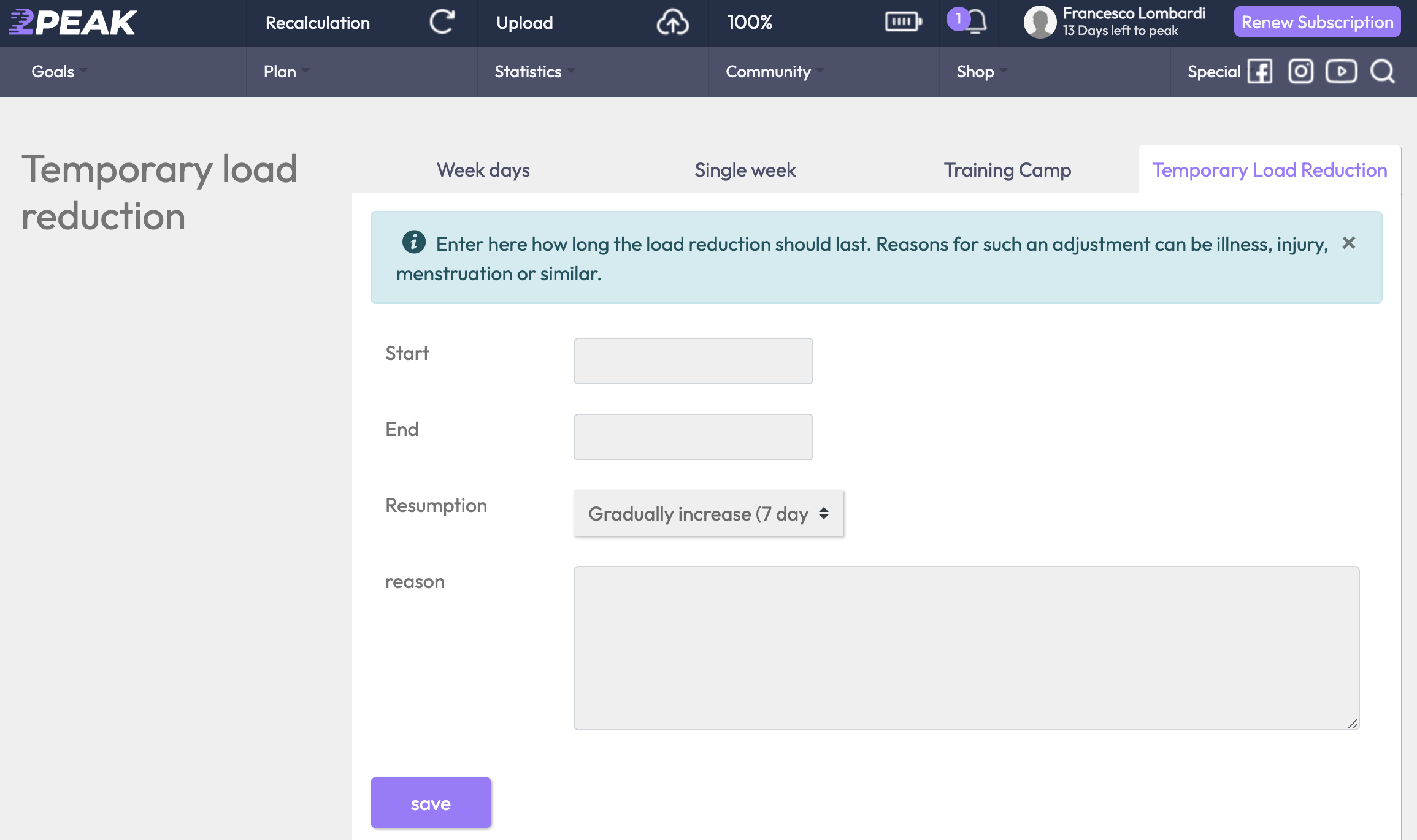
Adapting the strategy to your physical condition and recovery time is essential for returning to training effectively and safely.
After a break, your training should be adjusted based on past sessions, goals, duration of the reduced load, and other factors. 2PEAK will recalculate your plan and provide the best workout for your current condition.
Read more in our article on what to consider when returning to training after a long injury break.


